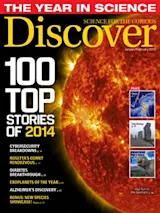News flash! Insecticides harm birds, according to a pioneering book published — oh, back in 1962.
Silent Spring was biologist and writer Rachel Carson’s call to arms for the nascent environmental movement, and it led to bans on organochlorines like DDT. But, in a case of déjà vu all over again, scientists have now linked some of today’s most widely used pesticides — a class called neonicotinoids — to worrisome declines of farmland birds.
Previous studies linking neonicotinoids to sharp declines in honeybee populations, known as colony collapse disorder, prompted the European Union in 2013 to pass a two-year ban on the use of the pesticides, though bee experts now believe a parasitic mite, poor nutrition or both may also weaken or kill the insects.
The worrisome study of birds, published in July in the journal Nature, focused on the effect of imidacloprid, the most popular neonicotinoid, on 15 species. ...















